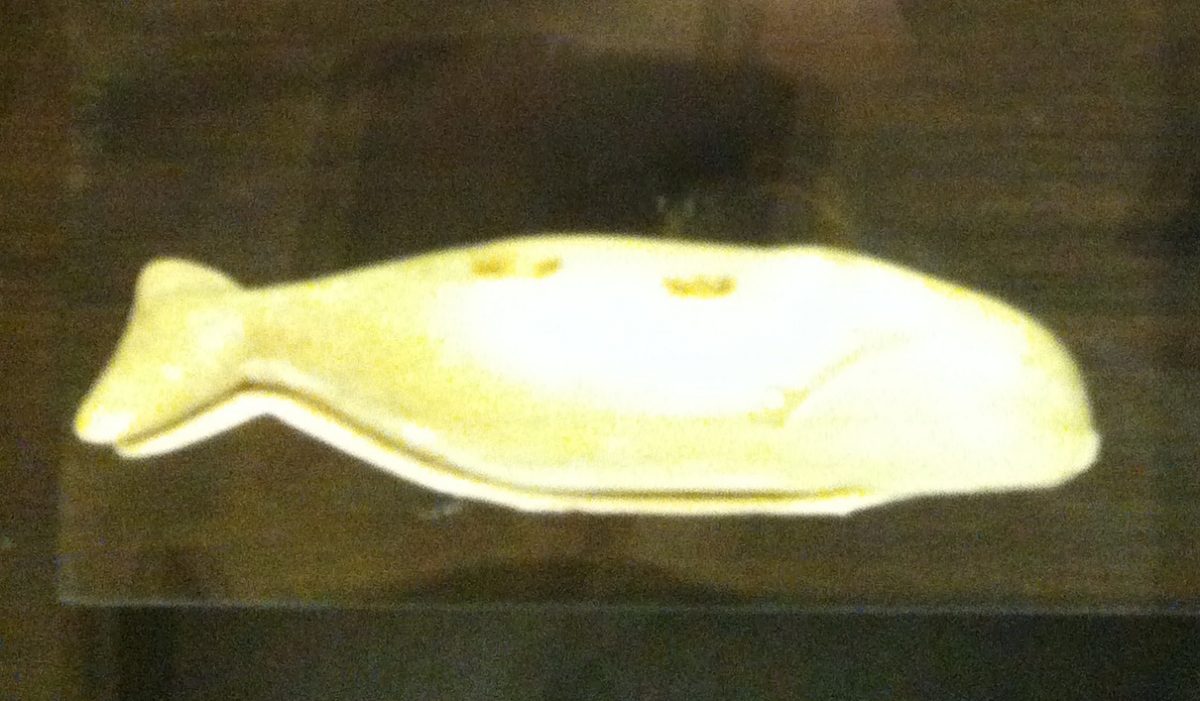Culturally responsive teaching is a multifaceted approach to education that takes into consideration the importance of an individual’s culture. In CRT, several strategies are employed in order to emphasize and experience various cultures. Bringing in community involvement, grounding the lesson in a specific place, and setting up all of the students for success are some of the features that help contribute to effective CRT.
Paula Savikko shared with us many different strategies that could be used to bring the students’ education to be focused on Place. Field trips, outdoor science experiments, and community involvement were key to her style of education. I think the most powerful tool she used was in getting the students involved in the community and the community involved in her students. The involvement from the students by making fliers and public service announcements allowed the students to feel like there was a purpose to the tasks they were being asked to do. I have no doubt that this increased most of the students’ confidence, and it may have given them the courage to take on more challenges in the world around them. The involvement from the community also showed the students that they had the support from several different people. It was not just their parents and teachers that wanted them to succeed, but it was their neighbors, friends, community leaders, Elders, politicians, and local celebrities that all took part in the growth of the student. Imagine how awesome it must have to feel as if you had an actual impact on the community as a young teenager, and that the community was rooting for you!
Though we saw CRT examples in science and math classes, combining different disciplines to allow different students’ talents to shine is necessary in CRT. English classes can be used to write short stories or poems depicting science or math lessons. Songs and pictures could be created by students to help understand and learn about complicated cycles and processes with biology and chemistry. History classes can be used to help put different scientific discoveries into context for a specific time period and region. As CR teachers, we are not only expected to teach within our own disciple, but we are expected to combine different subjects in order to teach the students in a more holistic fashion.
David Katzeek said something that really touched me. I do not have the direct quote, but it was something along the lines of, “it is food to the Spirit when we acknowledge, accept, and respect another being”. I believe that this statement gets at the core of CRT. Without appreciating the history that an individual brings to the table, we, as educators, fail that person. We fail to acknowledge their history, we fail to accept them for who they are, and we fail to respect the core of their being. When we fail to be a CR teacher, so much is lost in the classroom. And the things that are lost may never be able to be recovered.
Scott came to class a few days ago and gave his lesson on combining a large lesson plan with several disciplines as a way to make the tasks and activities more relevant to a larger number of students. His lesson was very well organized and showed a variety of ways to use CRT in the classroom. However, the biggest takeaway from his lessen was a much simpler idea.
Almost in passing, Scott mention and recommended that we should try and shadow a student for an entire day. I had never thought of this idea before, but I think it could be an incredibly valuable and rewarding experience. All of us have been out of high school for at least four or five years, and many are more removed than that. Following a student for a day would allow us to see many different teaching styles, experience the monotony of sitting in class, and feel the excitement and anxiousness of being in a new situation. If nothing else, this type of experience could open our eyes and make us more cognizant of what the student sees while sitting in their desks. I fully intend to try and work this into my internship in the fall.
Featured image from http://www.livescience.com/images/i/20946/i02/cool_image_colored_proteins.jpg?1318450243




